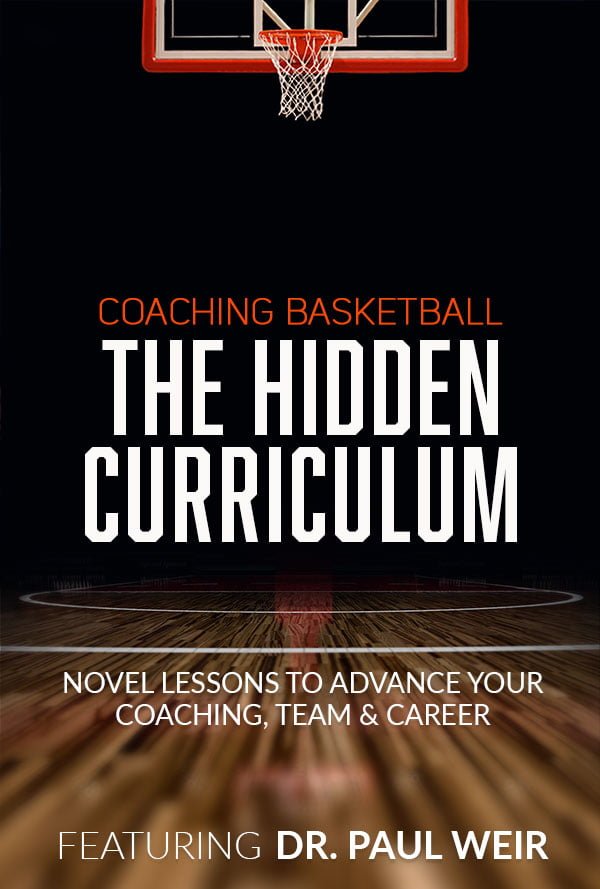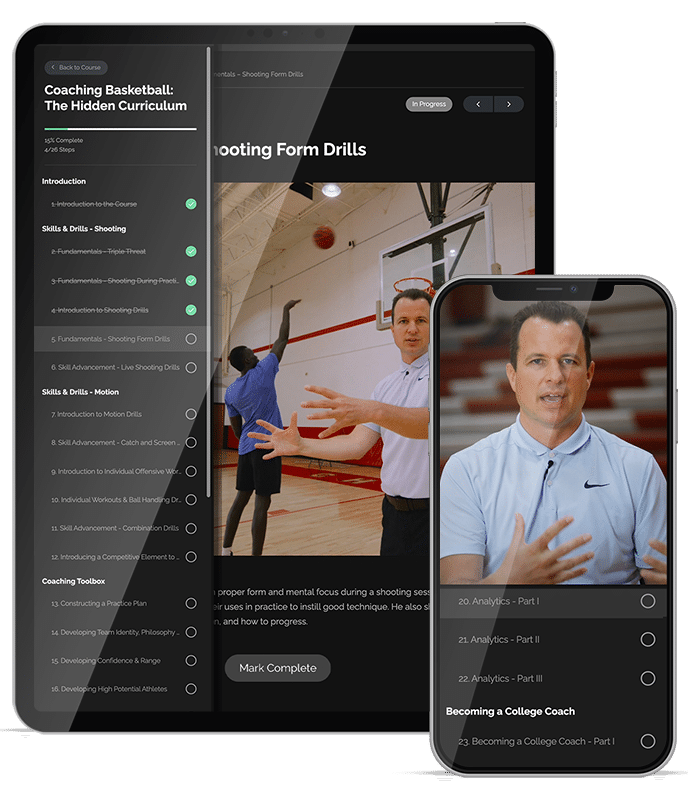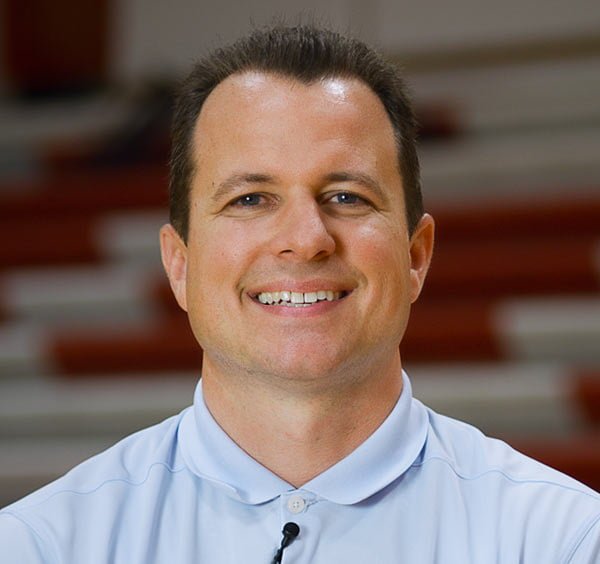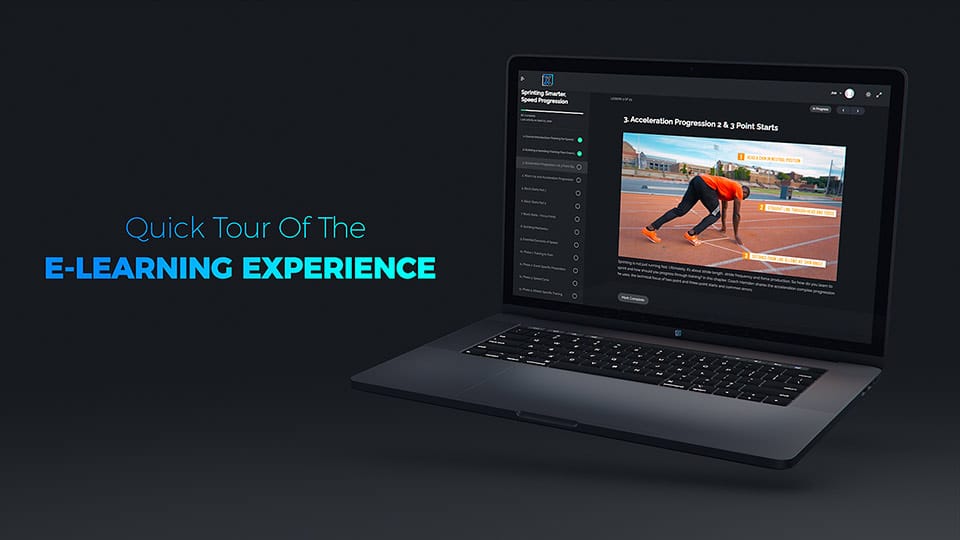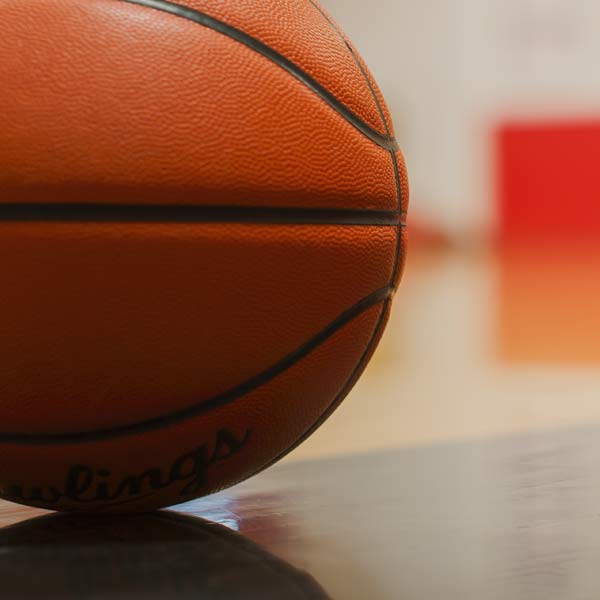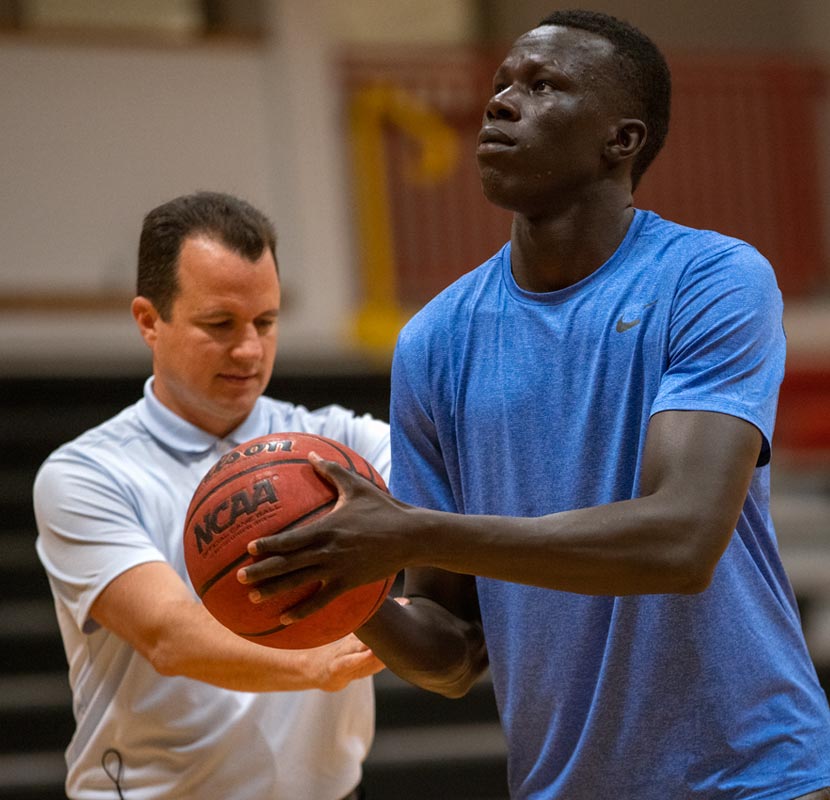There are countless ways you can further your basketball coaching knowledge. In this course, Coach Paul Weir wanted to give you something different, an unconventional collection of lessons that will advance your coaching, team, and career. In this chapter, he introduces the concepts that comprise the course such as specific shooting skills, managing parent relationships, recruiting, analytics, becoming a college coach, developing a team identity, and many more.
